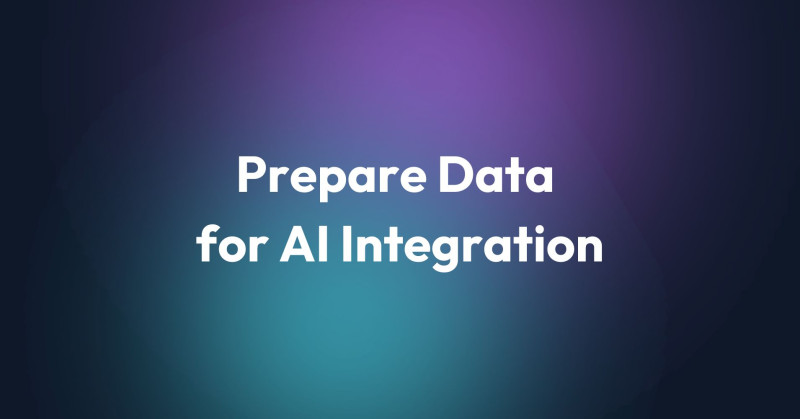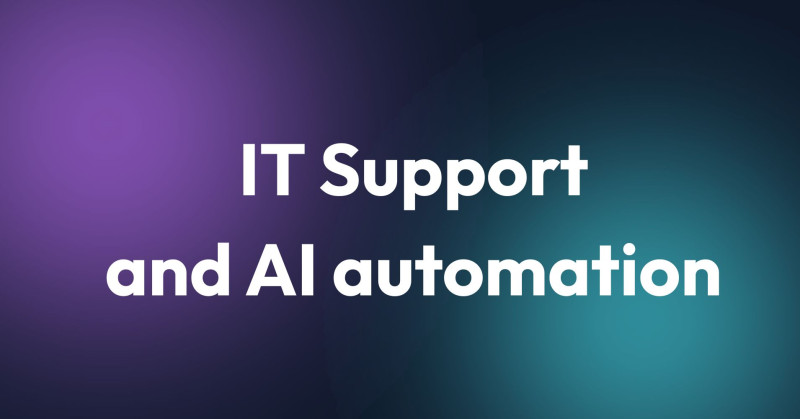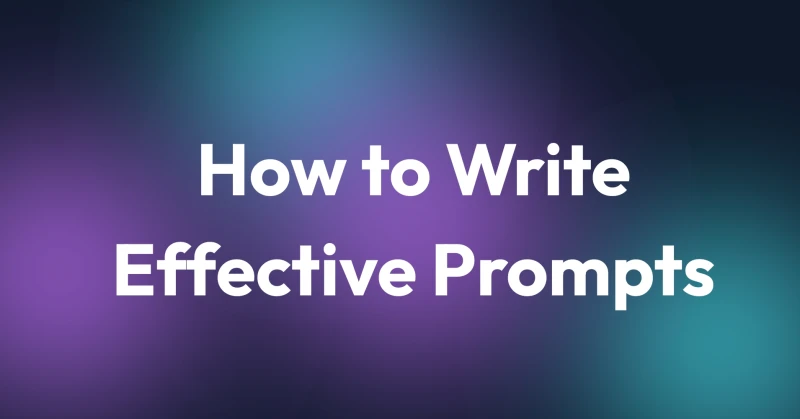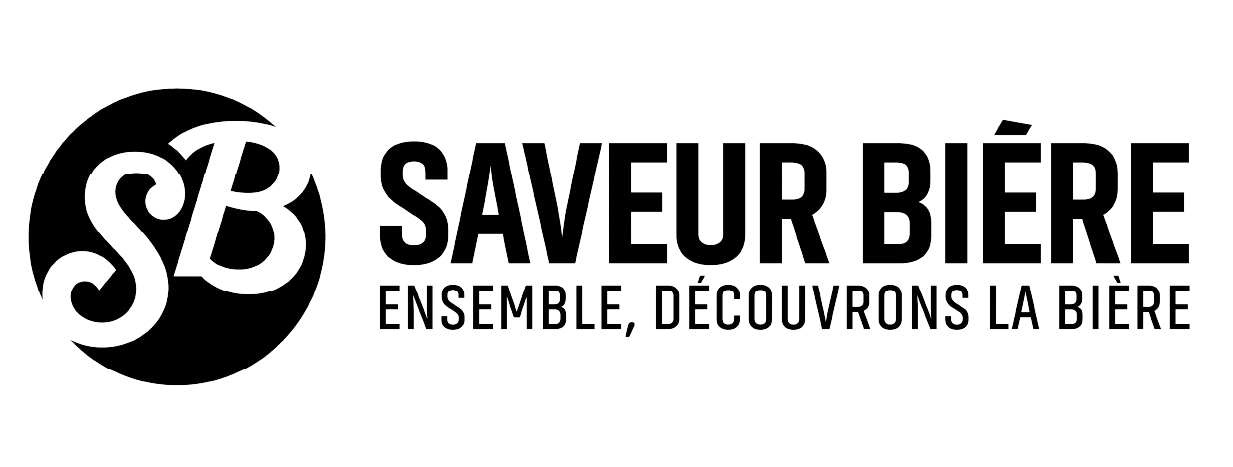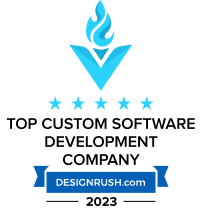Nowadays learning platforms are evolving from static course libraries to intelligent, personalized tutors. Adaptive learning platforms powered by Generative AI are not only improving learner engagement but also accelerating outcomes by tailoring experiences to individual needs. If you’re a product manager, tech lead, or startup founder looking to ship an AI-enabled edtech product, here’s what you need to know.
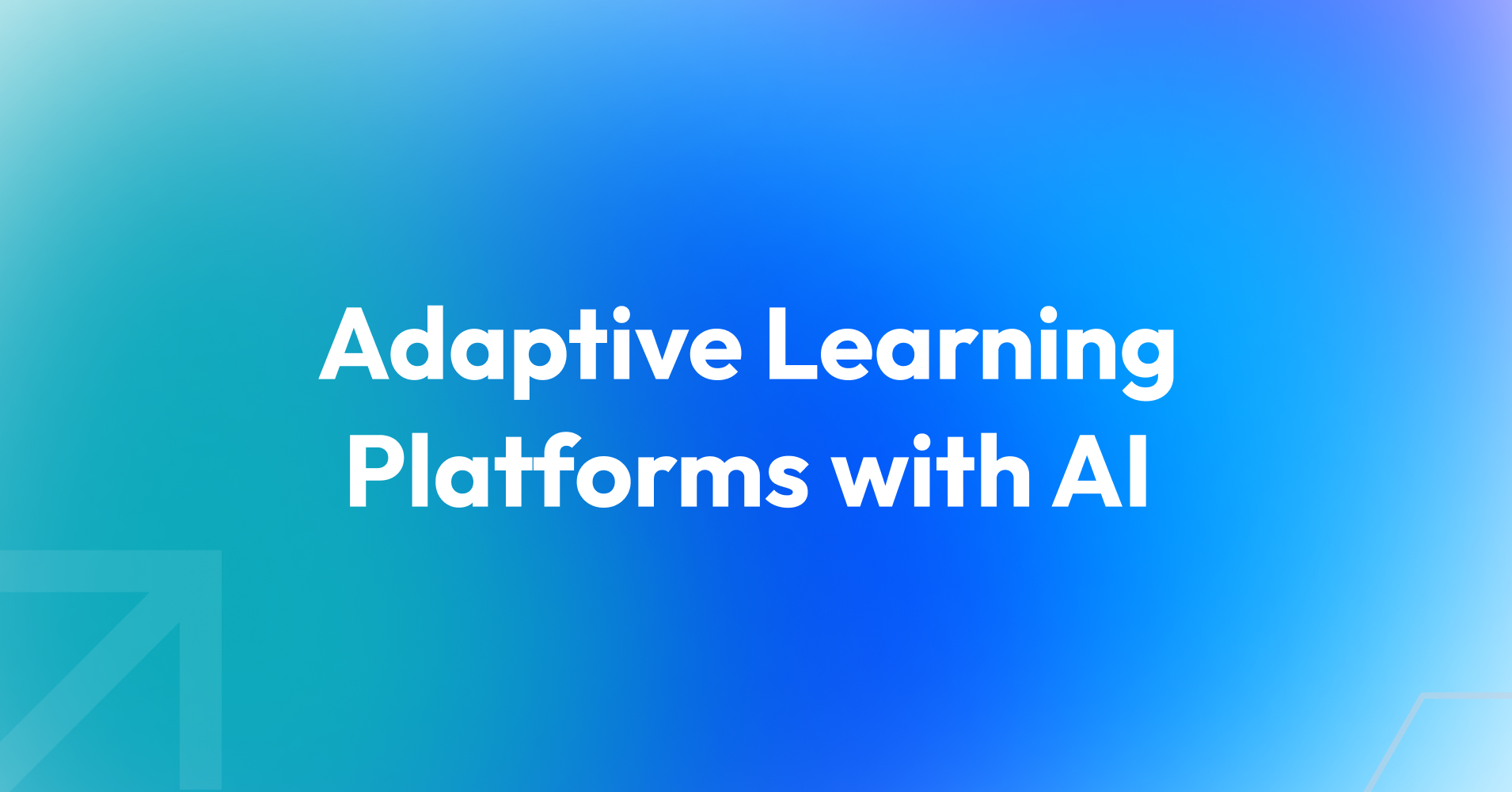
What Are Adaptive Learning Platforms and Why Use GenAI?
Adaptive learning platforms dynamically adjust content and learning paths based on user behavior, performance, and preferences. With Generative AI, these platforms can:
Generate quizzes and personalized exercises in real time
Summarize complex content or create custom learning materials
Provide intelligent feedback based on student answers
Example: Duolingo uses AI to adjust difficulty and suggest content, while Khan Academy is experimenting with AI tutors that answer student questions in context.
Generative AI: The Personalization Engine
Large Language Models (LLMs) like GPT-4o, Claude, or open-source alternatives (Mistral, LLaMA) enable dynamic content generation. Here’s how they contribute:
Question Generation: Based on a learner’s progress, AI creates tailored quiz questions.
Explanations & Feedback: Instant clarification for incorrect answers or misunderstood topics.
Microlearning Content: Bite-sized, AI-generated summaries or lessons.
The choice between proprietary APIs (OpenAI, Anthropic) and open-source models depends on data privacy, control, and scalability needs.
Start Smart: Building an MVP
Launching a GenAI-powered adaptive platform doesn’t require a full-blown AI team. Start with a lean MVP:
Core Functions: Start with adaptive quizzes, progress tracking, and a feedback engine.
Architecture: Backend logic with AI integrations via API or hosted models.
Timeline: A functional MVP can be built in 3–4 months with a cross-functional team (PM, backend/frontend dev, ML engineer).
Budget Considerations: Using existing models (via API) significantly reduces upfront cost.
Example MVP stack: Next.js frontend, Node.js/Express backend, PostgreSQL database, OpenAI API.
Common Challenges
UX vs. Adaptivity: Over-customization can confuse users. Balance adaptivity with intuitive UX.
Quality Control: GenAI can hallucinate. Use prompt testing, human-in-the-loop review, and fallback logic.
Compliance & Ownership: In corporate learning, ensure generated content meets legal and brand standards.
Scaling from Prototype to Platform
As usage grows, scalability and maintainability become key:
Observability: Track model behavior and user interaction with generated content.
Retraining & Fine-tuning: Collect anonymized usage data to fine-tune models.
Ecosystem Integration: Support SCORM, xAPI, SSO, and LMS compatibility.
Monitoring AI Drift: Set up alerts for behavior anomalies and accuracy drops.
Performance example: One edtech startup reported a 25% improvement in learner retention after introducing AI-generated feedback and personalized pathways.
Why Build Now
The global edtech market is expected to exceed $400B by 2027, driven by demand for personalized and scalable solutions. GenAI offers a unique window of opportunity to differentiate through adaptive learning capabilities.
Final Thoughts
Adaptive learning platforms enhanced by Generative AI are the future of education and corporate training. Starting lean, iterating quickly, and choosing the right tech stack and partner can turn your idea into a working product in months. Whether you’re optimizing internal training tools or launching a commercial LMS, now is the right time to explore AI-driven personalization.
FAQ
What kind of data do adaptive learning platforms need to function effectively?
User interaction data, quiz results, content completion history, and behavioral insights help personalize learning paths. Anonymized feedback loops improve model accuracy.
Can I use open-source LLMs instead of commercial APIs?
Yes, open-source models offer cost and control advantages but require more setup and ongoing maintenance. They are ideal for use cases needing on-premise deployment or higher privacy.
Is it necessary to have a dedicated AI team to build such a platform?
Not at the MVP stage. A cross-functional team with access to GenAI APIs and strong backend/frontend skills is usually enough to build and launch a prototype.
How do we ensure that AI-generated content is accurate and compliant?
Implement human-in-the-loop review, use content filters, and train models with vetted datasets. In regulated industries, work with compliance experts to audit the AI outputs.
How long does it take to build a working prototype?
Typically 3–4 months with a focused team. The timeline may vary based on feature scope and integration requirements.

